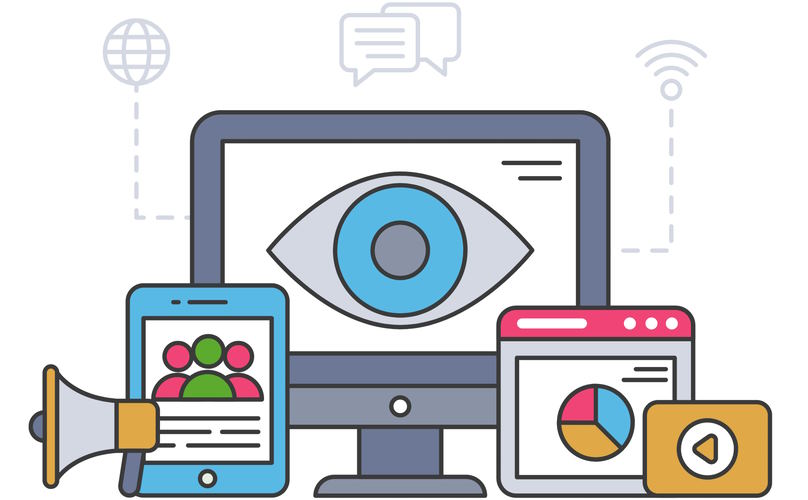With advancements in technology, distance learning tools and technologies have transformed the virtual classroom experience, providing opportunities for enhanced engagement, collaboration, and active learning. We will discuss the benefits of using these tools and technologies, highlight innovative solutions, address challenges and considerations, and provide best practices and recommendations for effective implementation. As education evolves in the digital era, it is crucial to understand how distance learning tools and technologies can contribute to an inclusive and high-quality learning experience for European students.
Innovative Tools and Technologies for Virtual Classroom Experience
As distance learning continues to gain momentum among European students, there are emerging and innovative tools and technologies that are transforming the virtual classroom experience, providing new opportunities for enhanced engagement, collaboration, and active learning.
Virtual Reality (VR) and Augmented Reality (AR) applications are revolutionizing the way students interact with course material. VR allows students to immerse themselves in virtual environments, creating a sense of presence and experiential learning. For example, medical students can simulate surgeries, and history students can explore historical sites virtually. AR overlays digital content onto the real world, allowing students to interact with virtual objects in their physical environment. This can enhance understanding and retention of complex concepts.

Gamification platforms have also gained popularity in virtual classrooms. By incorporating game elements, such as leaderboards, badges, and rewards, into the learning process, gamification can motivate students to actively participate, compete, and progress in their studies. This can create a more enjoyable and interactive learning experience, fostering student engagement and motivation.
Interactive online learning platforms provide collaborative and interactive features that facilitate group discussions, real-time feedback, and peer-to-peer interactions. These platforms enable students to engage in meaningful discussions, collaborate on projects, and receive immediate feedback, creating a dynamic virtual classroom environment.
Best Practices and Recommendations for Distance Learning Tools and Technologies in Virtual Classrooms
As distance learning becomes increasingly prevalent in Europe, it is essential for students and educators to adopt best practices and strategies to effectively utilize distance learning tools and technologies in virtual classrooms. Here are some recommendations to enhance the virtual classroom experience:
- Selecting the Right Tools: Consider the specific needs of your virtual classroom and select distance learning tools and technologies that align with your learning objectives and student population. Conduct thorough research, read reviews, and explore trial versions to make informed decisions.

- Implementing and Integrating Tools: Once you have selected the appropriate tools, develop a plan for implementation and integration into your virtual classroom. Provide proper training and support for students and educators to ensure smooth adoption and utilization of the tools.
- Customizing Learning Experiences: Tailor the use of distance learning tools and technologies to suit the unique learning contexts and student populations. Consider students’ diverse learning styles, abilities, and preferences, and adapt the tools accordingly to promote inclusivity and engagement.
- Overcoming Challenges: Distance learning tools and technologies may come with challenges such as technical difficulties, connectivity issues, or lack of familiarity. Be prepared to troubleshoot, seek technical support, and provide clear instructions to students on how to use the tools effectively.
- Promoting Active Engagement: Encourage active engagement by incorporating interactive features of distance learning tools, such as discussion boards, chat rooms, and polling. Foster collaboration, peer-to-peer interactions, and feedback to promote a dynamic virtual classroom environment.
- Monitoring and Assessing Progress: Regularly monitor and assess students’ progress using the tools to identify areas for improvement and provide timely feedback. Use data and analytics from the tools to track student performance and inform instructional decisions.


